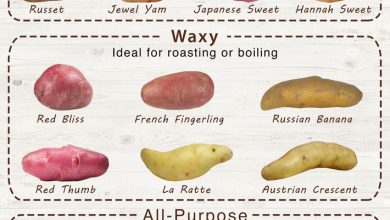What grass to plant according to the type of garden?
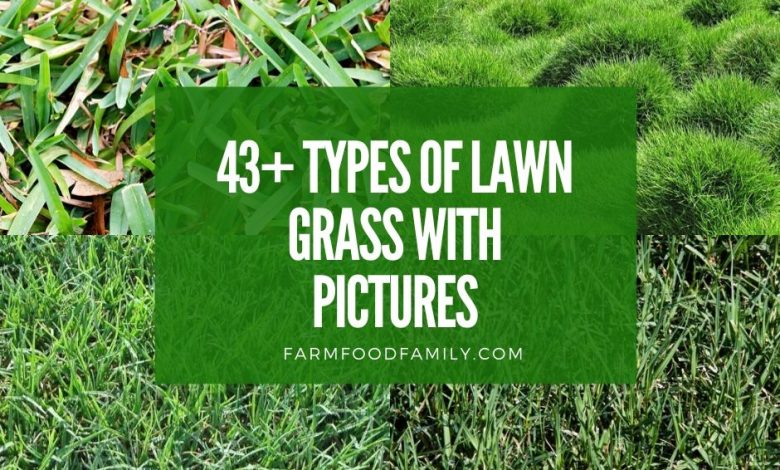
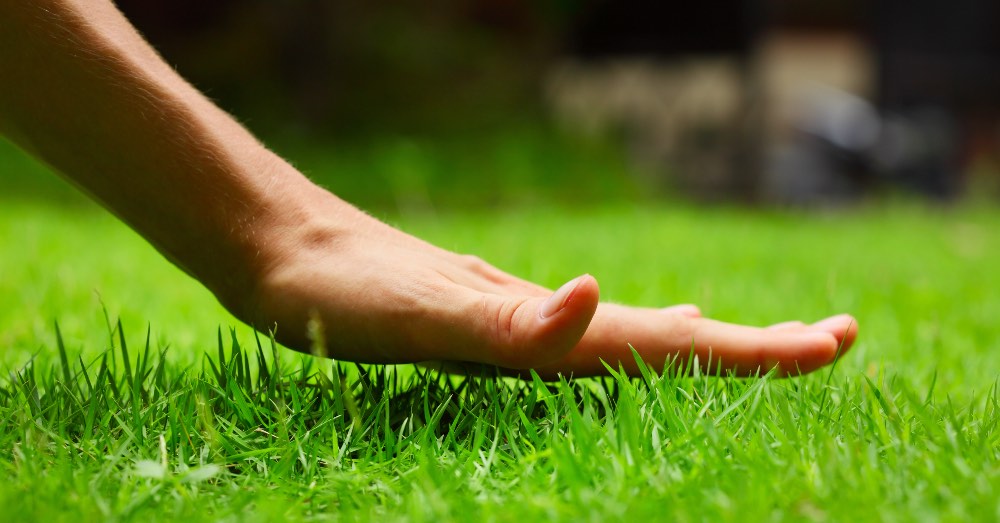
It is an indisputable protagonist of any garden, but fully enjoying it implies knowing what grass to plant according to our climate or the characteristics of our garden. When we think of it, we inevitably think of that healthy-looking and supremely beautiful green mantle. And surely that is how it should be. But achieving it is not only about knowing its needs in hot months or being clear about the tricks to take care of the lawn in winter. It also implies correctly choosing the type of grass that is ideal for our space.
Like any other family of plants, within the grass category there are many types. Although we only see herbs and we may think that they are all the same, nothing is further from the truth. Not only can they be categorized according to their tolerance to cold or heat, but even according to their resistance to use. A detail that should be thoroughly understood when we consider what grass to plant for a single reason: only by using the indicated one can we enjoy that green meadow that we have in mind. What’s more: if we don’t do it, we will invest a lot of resources, time and even humor in a herb that will never be as we wish.
Therefore, let’s see what types of grass exist and, what is even more important, how to choose the ideal one for our garden.
HOW TO KNOW WHAT GRASS TO PLANT IN THE GARDEN
As we said, within the category of natural grass there are almost as many varieties as possible planting scenarios. Something that should be known in detail when we consider choosing our grass seeds, either to plant a space from scratch or to repopulate after winter or summer. What’s more: planting the right plant species from the beginning will largely depend on whether or not you have to repopulate more regularly.
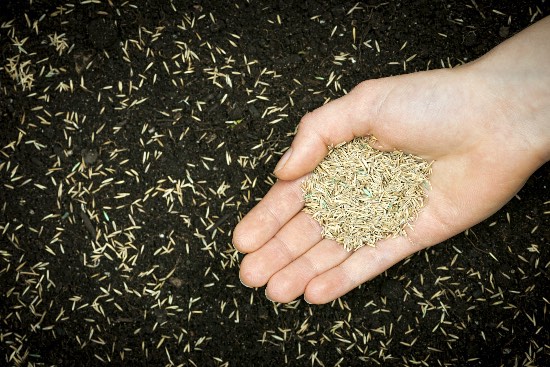
But how do you know which grass to plant in the garden? Getting it right with our choice depends on some fundamental aspects that are limited to the characteristics of our garden and our lifestyle. But let’s add one more: the time we have to dedicate to it. And it is that, in the same way that sometimes we opt for plants that are easy to care for because we cannot pay much attention to them, we will have to do the same with the lawn. While some rustic varieties do not hardly need our hand, for others it is essential for their survival.
1. The climate in which we live, the starting point to know what grass to plant
An absolutely crucial detail. To be able to make the right choice, we will have to consider such important aspects as the average temperature of winter or summer; but, also, if we live in an area marked by drought or heavy rains.
What’s more: if we live in a coastal area, we will also have to look closely at the grass seeds we choose.
2. The type of floor, another detail that we do not usually repair
Falling into the mistake of thinking that any lawn grows on any soil is synonymous with having to spend a lot of work to enjoy a healthy lawn. For this reason, when choosing which grass to plant, we will have to find out the characteristics of our soil, taking into account factors as important as whether it is rich in nutrients or clay.
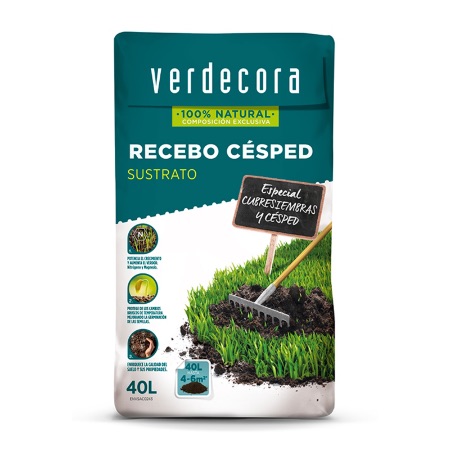
3. The use that we are going to give it, essential to choose correctly
As important or more! such as climate or soil type. Having a purely ornamental garden is not the same as having one where you are going to play with a ball. What’s more: the same type of grass is not even used for a space that is stepped on occasionally as for one that is regularly stepped on.
Defining how we are going to use the grass will help us to be able to choose the correct one, understood as the one that will give the best response to the use we give it.
4. Solar incidence, crucial in the choice of grass seeds
The last fundamental detail when we ask ourselves what grass to plant. The grass for a garden that receives full sun is not the same as for one with large areas of shade.
TYPES OF GRASS TO PLANT
Once these important details are understood regarding which grass to plant, it is time to learn about the different species and, above all, their specific needs to see which one is suitable for our garden.
In addition, it is important to take another aspect into account. Usually when we buy grass, in the same package there is a mixture of seeds. Something that seeks, fundamentally, to associate species with similar needs to give the soil more consistency of grass. There is only one caveat: when it comes to grass seeds with special needs, such as those indicated for coastal areas or marked by drought.
1. English Ray Grass, the classic when we ask ourselves what grass to plant
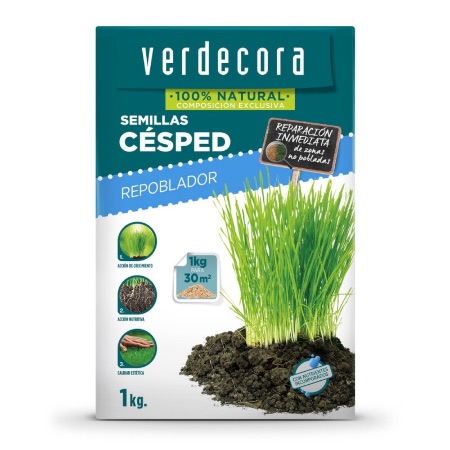
It is the most used variety for multiple reasons. Not only is it the most resistant to trampling, but it is also fast growing. Although it is resistant to high temperatures, it does not tolerate shaded spaces very well.
Despite its versatility, it is worth knowing that it is one of the medium maintenance grass types. In addition to regular watering, it also needs regular mowing and fertilization from time to time.
2. Japanese grass, an ornamental and original option
Perfect for those who do not want a meadow of green grass without more, or have to plant in dry areas or slopes. In addition to grass seeds, Japanese grass incorporates flower seeds.
Resistant to footsteps and high temperatures, it has low hydration needs. It is not convenient to mow it, so it is the one indicated if you want a wild-inspired garden.
3. Cynodon, the ideal for warm coastal areas or little water
It is the quintessential species. Also called grass, it is the grass for the coast and warm areas, but also for areas with little rainfall as it tolerates drought. With fine and dense leaves, it has a high demand for sun and is also resistant to trampling. In addition, it is a type of lawn with a low irrigation demand.
It is also good to know that it is a slow-growing species that does not do well in shade.
4. Fescue, another common associated with Ray Grass
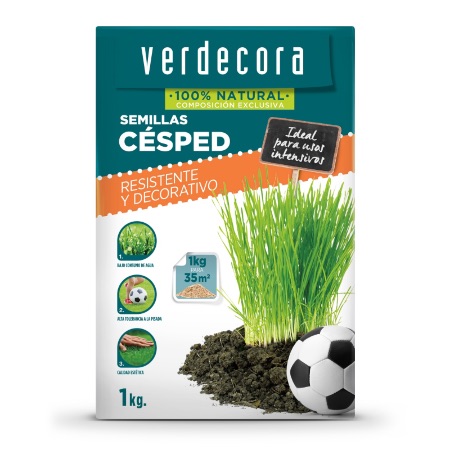
Its resistance to foot traffic and weather conditions make this variety of grass very common in gardens. Since it is a sparse lawn, it is planted associated with Ray Grass seeds.
Rustic in character, it tolerates high temperatures and can even be planted on slopes.
5. Poa, the grass you should plant in cold climates
Although it is highly resistant to low temperatures but also to drought, it is a variety that is associated with others for a reason: it is a slow species.
Despite this, it has a perfect advantage for certain areas: it does not require much light.
6. Dichondra repens, a decorative and different lawn
Another option for those who do not look for grass to use. With leaves similar to clover, it is ideal if we want an ornamental garden that is not used much. Dichondra repens seeds have low resistance to trampling, and are ideal for areas with a humid climate.
If it is exposed to too much cold, it will acquire a brown coloration.
7. Dwarf clover repens, the alternative to grass for poor soils
An option that we can consider when we consider what grass to plant and we know that the soil is not fertile. The repens dwarf clover is recommended for areas with high humidity, but it should be known that it does not resist frost or drought.
Its biggest advantage: it does not require much maintenance.
And, if you still have doubts about what grass to plant, come see us! We will be happy to indicate the ideal one for you to fully enjoy your garden.

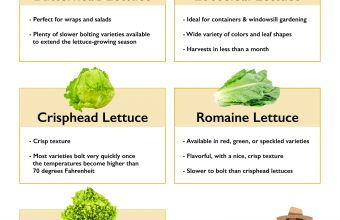
![Photo of The Caladium: [Characteristics, Planting, Care, Irrigation and Substrate]](https://www.complete-gardening.com/wp-content/uploads/2022/08/the-caladium-characteristics-planting-care-irrigation-and-substrate-390x220.jpg)
![Photo of How to Plant a Cactus: Step by Step Manual [12 Steps + Images]](https://www.complete-gardening.com/wp-content/uploads/2022/08/how-to-plant-a-cactus-step-by-step-manual-12-steps-images-279x220.jpg)
